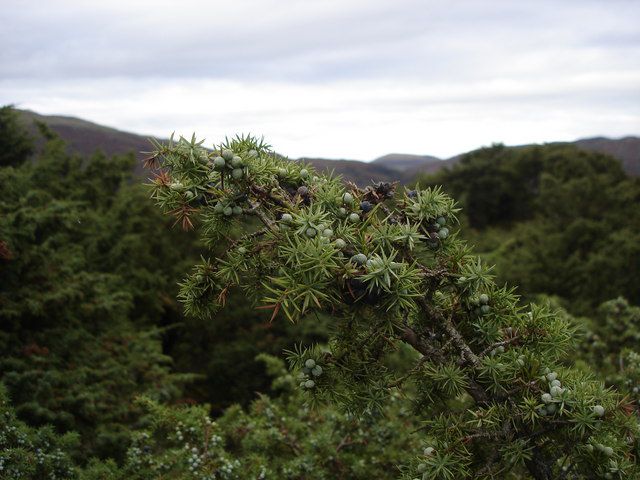-
 Arteriole
Arteriole
-
 Polystyrene
Polystyrene
-
 Fig
Fig
-
 Redshift
Redshift
-
 INRA
INRA
-
 Spectroheliograph
Spectroheliograph
-
 BRGM
BRGM
-
 Solar corona
Solar corona
-
 Petiole
Petiole
-
 Alum
Alum
-
 Trisomy 21
Trisomy 21
-
 Hooke's law
Hooke's law
-
 Erythropoiesis
Erythropoiesis
-
 Mainframe
Mainframe
-
 Antioxidants
Antioxidants
-
 Glabella
Glabella
-
 Testosterone
Testosterone
-
 Lambda phage
Lambda phage
-
 M 95
M 95
-
 Retina
Retina
-
 Pharynx
Pharynx
-
 Oxidation zone
Oxidation zone
-
 Resilient
Resilient
-
 Thrombocyte
Thrombocyte
-
 Magma
Magma
-
 Vega
Vega
-
 Song
Song
-
 Hipparcos
Hipparcos
-
 Ribose
Ribose
-
 Group
Group
Common juniper
The common juniper is a shrub that grows to heights of 4 to 8 m, stretching out from 3 to 5 m. It is a relatively easy going conifer that grows pretty much anywhere.

Juniperus communis. © KA, CC by sa 2.0
Names
The common juniper (Juniperus communis) belongs to the Cupressaceae family.
Botanical description of the common juniper
This species has a rather erect structure. Male specimens generally have a less dense structure, more flexible and tousled branches. Its bark flakes off in long strips. Its greenish-blue foliage is persistent and spiny. Its leaves, which are in fact needles, have a light green lengthwise stripe on their inner face. They give off a pleasant balsamic odour. This is a dioecious species, with very small greenish female flowers that bloom in March-April in the axil of the leaves, and yellowish male flowers. Its fruit are spherical berries 4 to 8 mm in diameter, bluish-black when ripe, which remain on the tree for two years until ripe.

Juniper berries. © aspidoscelis, Flickr by nc-nd 2.0
Origins
The common juniper has been known and used since ancient Greece and Rome. It grows throughout Europe, in Asia and North America. Legend has it that eating a juniper berry every day keeps the doctor away!
Growing conditions of the common juniper
This shrub is very hardy and resists cold temperatures well. It especially prospers in clay-calcareous soil, but also sometimes in more acid soils. It grows very well on very sunny hillsides, but also thrives in sparse woodland. It is drought resistant.
Use
Juniper wood is yellowish-white, compact and durable. Juniper berries are used in cooking for their pleasant consistency, their sweet flavour and their resinous aroma. They are also used to prepare a liqueur, essentially produced in Flanders, called Dutch gin. The berries are also used in making perfume and for medicinal purposes.
Author: Michel Caron
 Common juniper. © Ian Cunliffe, CC by sa
Common juniper. © Ian Cunliffe, CC by sa
Latest
Fill out my online form.



